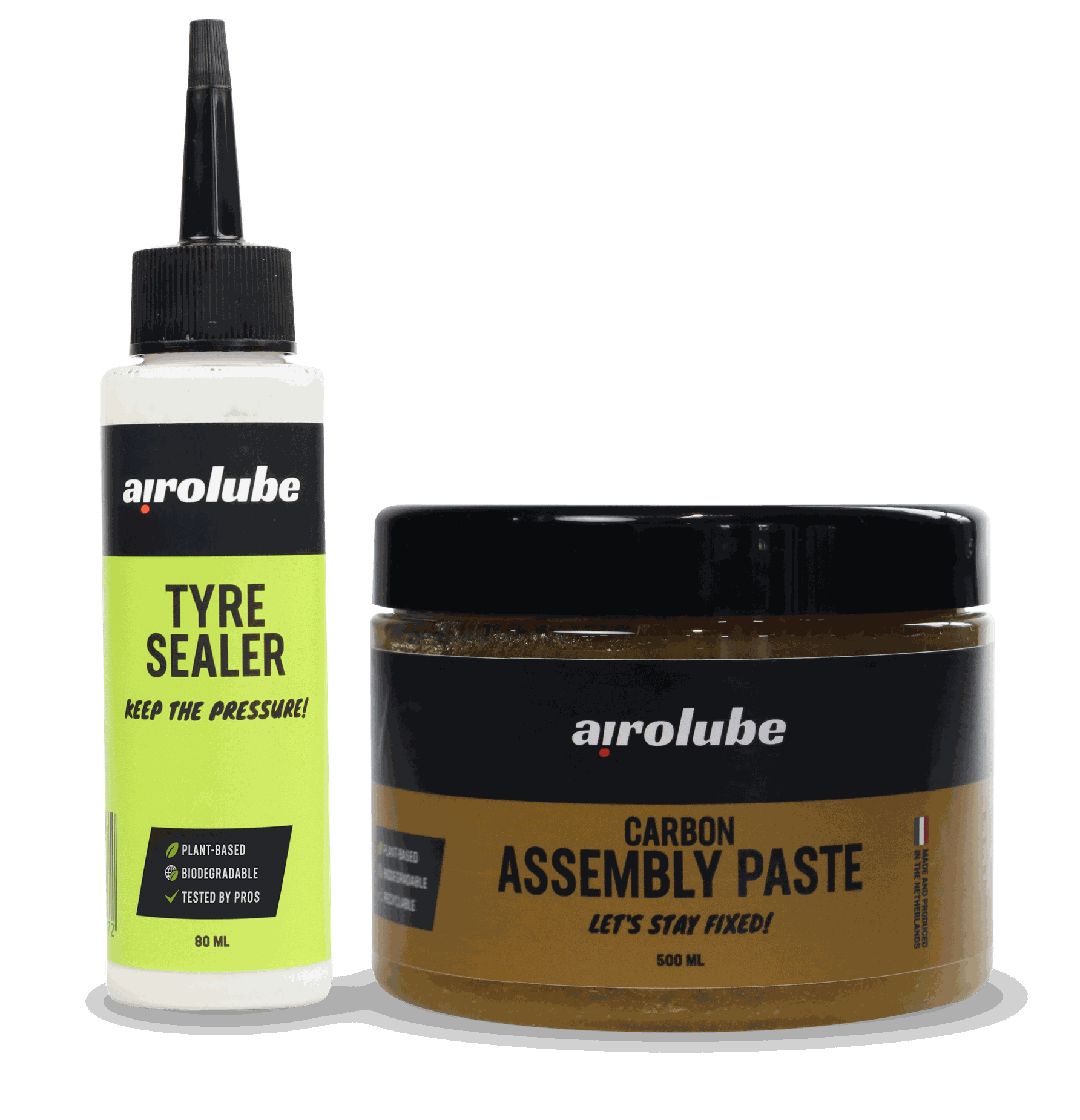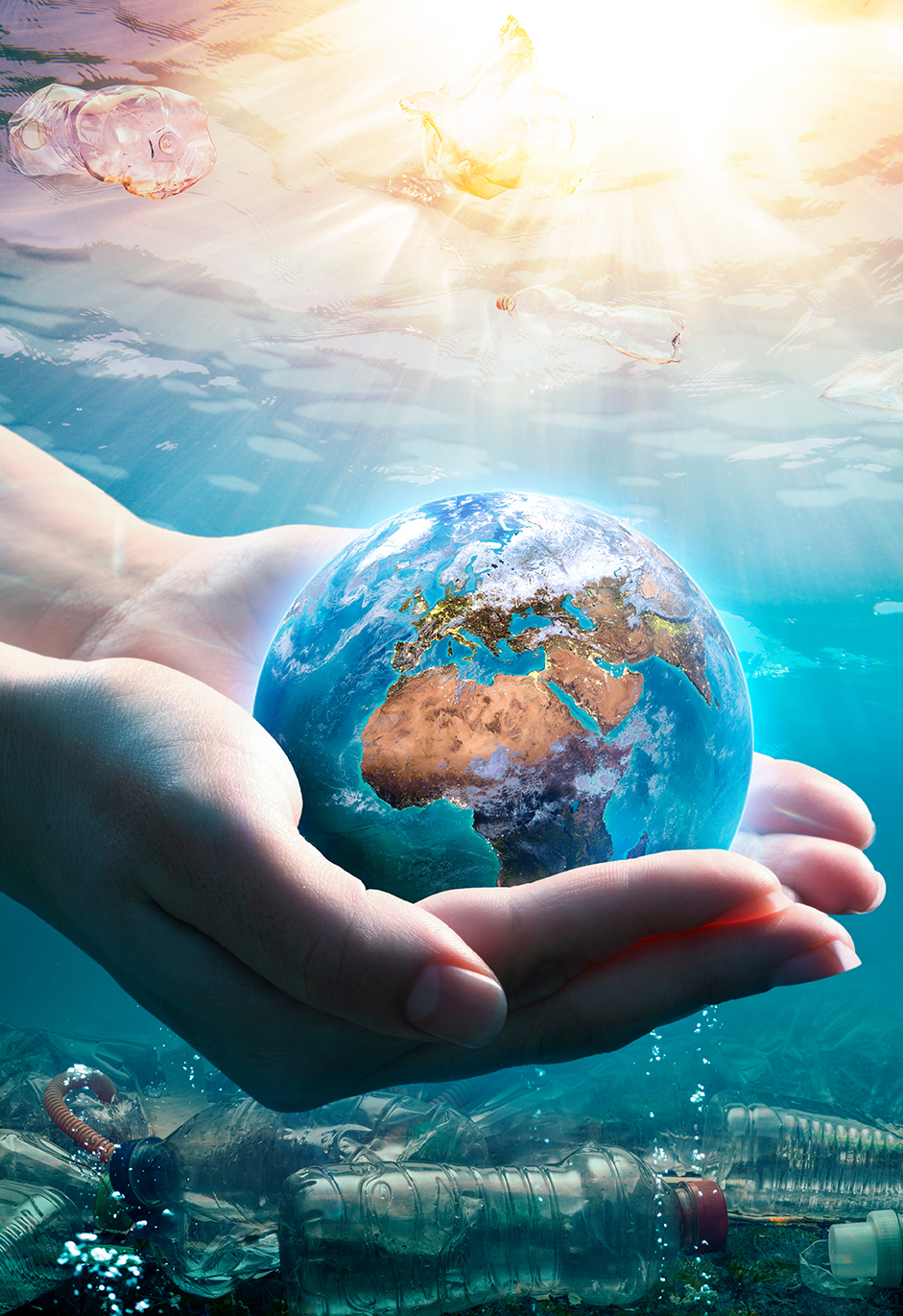After having written a previous blog about the use of PTFE, it is now the turn of microplastics. Perhaps you have already read something about it or heard briefly about it. This is your chance to learn more about microplastics, their functions, and the dangers they pose.
WHAT ARE MICROPLASTICS?
Microplastics are plastic particles smaller than 5 mm. They can result from the breakdown of large pieces of plastic or be deliberately produced, as in the case of microbeads, which are often used in cosmetics and cleaning products. There are two types of microplastics: primary and secondary.
- Primary Microplastics: Deliberately produced small plastic particles, such as scrubbing agents in toothpaste, cosmetics, cleaning products, or tubeless sealant.
- Secondary Microplastics: Small fragments formed by the breakdown of larger plastic objects due to weather conditions or other environmental factors.
As artificial substances, microplastics do not dissolve in nature and persist in increasingly smaller particles in the environment, especially in soil, water, and air. They easily enter the food chain and can seriously disrupt organism systems.
In WHICH PRODUCTS ARE MICROPLASTICS FOUND?
Microplastics can be present in various products, including lubricants, cleaning products, assembly pastes, polishing agents, tubeless sealants, and cosmetics. The use of these products contributes to the spread of microplastics in water and soil.
THE DANGERS OF MICROPLASTICS
Because microplastics do not break down, they accumulate in water, soil, and air. Animals ingest them, and through the food chain, they eventually end up on our plates. Recent research on the Faroe Islands showed that high concentrations of microplastics in the blood of young children seriously disrupt the immune system. Additionally, microplastics may affect the hormone balance of humans and animals. They can also transport and transfer toxic substances, ending up in the bodies of animals and humans. The accumulation of microplastics in water and soil leads to the disruption of ecosystems.
WHAT CAN WE DO?
To reduce the impact of microplastics, it is important to reduce plastic use, recycle plastic properly, and buy products that do not contain microplastics. Relying on scientific research to filter plastics from the environment also plays a crucial role.
WHAT DOES AIROLUBE DO?
Within the Airolube product range, it is a firm principle that no formulation should contain any form of microplastics. Our Tyre Sealer and Carbon Assembly Paste, for example, are developed with smart natural ingredients such as sugar beet pulp or sugar.
Additionally, an increasing number of our packages are made from recycled PET, and starting in 2024, we will use labels made from recycled plastic, which is obtained from plastic collected from the oceans. In this way, we hope to contribute in our own way to reducing plastic waste and preventing further increases in microplastics in our waters.

A healthier world starts with action today. Do not wait any longer. It's up to you!

